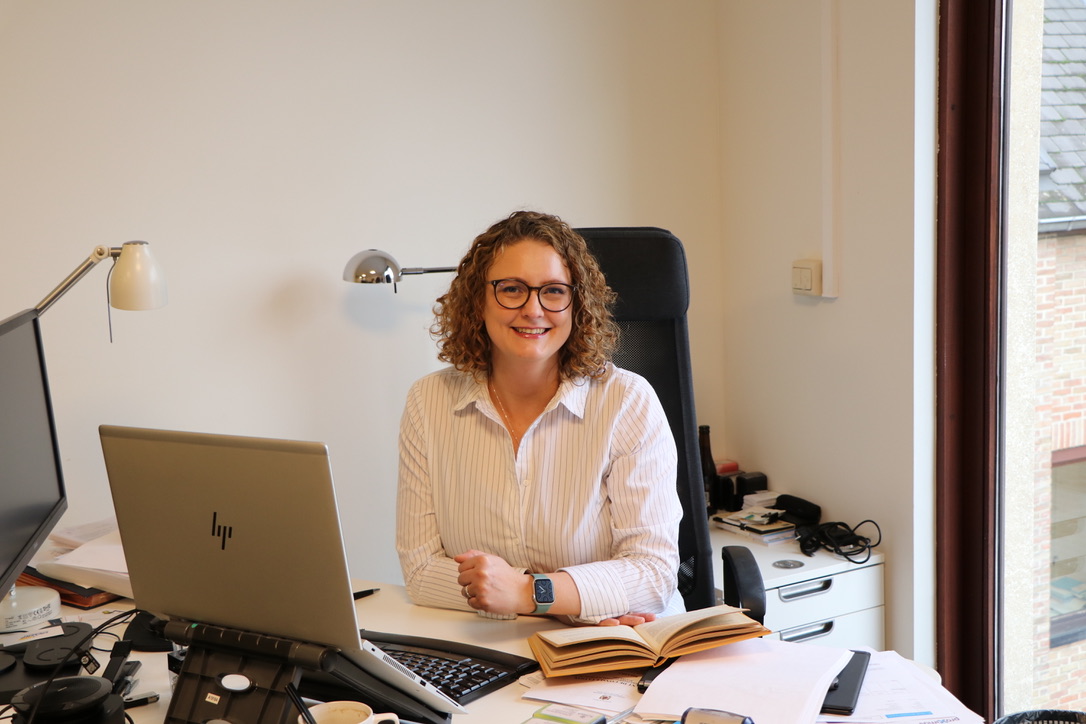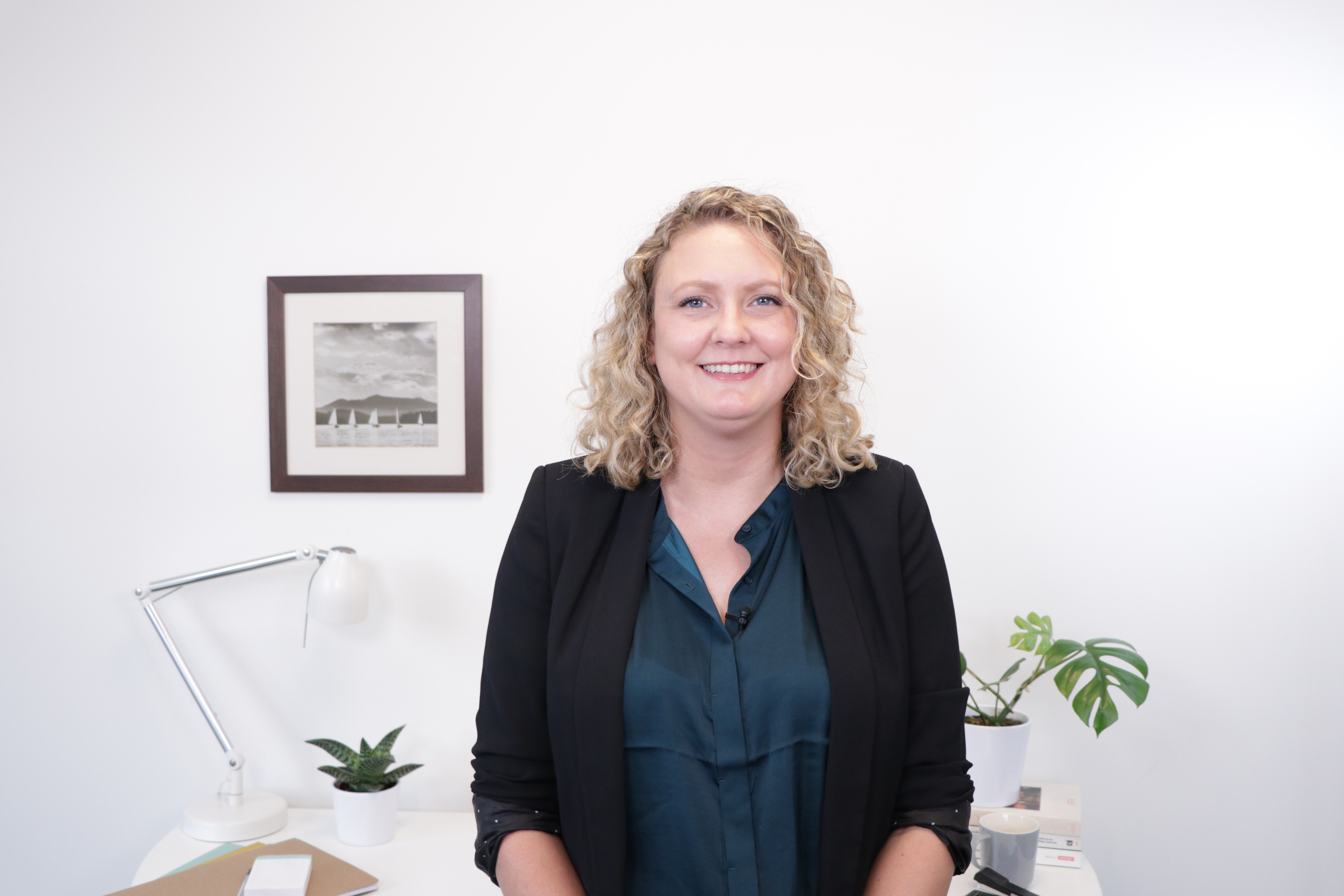Already a user?Log inTechnical Support
The Keys to a Successful Blended Learning Course
20 December 2023
You might know Altissia as a provider of online learning platforms and online assessment. But did you know that we also work with foreign language instructors from all over the world to help them familiarize themselves with the concepts of distance learning and blended learning?
These exchanges, along with my own teaching practices, have allowed me to build expertise on the topic of blended learning in foreign language teaching. In this blog, I want to share 6 tried-and-tested keys that can contribute to making your blended course a success.
Before defining blended learning, I think it is important to establish what blended learning is NOT:
- It is not emergency remote teaching.
- It should not be an identical transposition of practices from the traditional classroom to an online environment.
Instead, blended learning is a complete teaching method on its own that combines synchronous, teacher-led instruction and asynchronous, autonomous online learning within a well-defined curriculum. The exact proportion of each of these modes can vary, allowing for a lot of individualization and flexibility. A well-constructed blended course SHOULD combine the benefits of face-to-face instruction and online learning, not just apply the same strategies we have always used in class but online.
MY KEYS FOR SUCCESSFUL BLENDED LEARNING
- Plan a coherent whole
- Synchronous & Asynchronous - find the formula that suits you
- Make the link between the two components of blended learning
- Carefully choose the activities in each mode
- Monitor and support your learners
- Work as a team
PLAN
This is probably the aspect that makes the biggest difference when compared to emergency remote teaching. Contrary to emergency situations, the conversion to blended learning is generally a planned move and thus also a prepared one. The course(s) must be planned ahead of time and planned as a coherent whole, in which the pedagogical course objectives and methodology are defined from the start and the modalities, activities and evaluation are planned based on them.
SYNCHRONOUS >< ASYNCHRONOUS, FIND THE FORMULA THAT SUITS YOU!
It might come as a surprise, but blended learning allows for a lot of flexibility, giving every teacher room to find the formula that suits them best.
- Find the right proportion of time spent in face-to-face instruction or distance learning: anything between 30% and 79% of online learning is possible.
- Choose among the various different models of blended learning, depending on where you would like the learning to take place, either in class only (rotational model) or both in class and remotely (sequential models, among which we can find the (in)famous flipped classroom).
- Find the right duration and frequency of both the face-to-face sessions and the autonomous online learning: they should be defined for the specific needs of each course. There is no one-size-fits-all solution, but, if at all possible, we would recommend shorter but more frequent sessions, especially when working online, to ensure increased concentration, engagement and retention.
CAREFULLY CHOOSE THE ACTIVITIES FOR EACH MODE
When first getting started with blended learning, some activities and competences might seem more straightforward to convert to an asynchronous online environment than others. However, if we take a closer look, we quickly notice that we can do a lot more online than initially thought. As a matter of fact, all competences CAN theoretically be practiced online, but the beauty of blended learning lies in the ability to make the best of online learning AND instructor-led face-to-face instruction. So, why not put those activities where there is no immediate interaction with the instructor required online, while using the face-to-face time for oral interaction and additional explanations?
This, however, is just a rule of thumb; a blended learning system gives us teachers the flexibility to practice what we want, where we want – as long as our chosen activities are varied, well executed, relevant and in line with our teaching objectives.
LINKING ONLINE AND FACE-TO-FACE LEARNING
Beyond the choice of varied and engaging activities, what matters is that we have a clear and visible LINK between the online and face-to-face component of our course. This LINK is crucial for any blended course, as it will prevent our learners from neglecting the online part. It shows them that both components of the course are complementary and equally important – if your learners are anything like mine, if they don’t see the point of an activity, they will not do it. We can construct and maintain this LINK in many ways; the two most important ones I want to highlight are the following:
- Through activities and revision: building on knowledge and skills seen in one mode for activities in the other.
- Through assessing the content learned online and valuing the time spent online as part of the continuous assessment.
MONITOR AND SUPPORT LEARNERS
Blended learning is perfectly suitable for learners of all levels and even of all age groups, provided our learners are well-supported throughout the process. It is important to not only adapt the frequency and length of learning sessions to the level (if the course organization allows for it), but also to plan for good communication and follow-up in order to create the socio-emotional bond that will be the glue that keeps your class together and the learning process going.
WORK AS A TEAM
Shifting to an entirely new approach can be overwhelming, which is why it is important to provide teachers with the training and support they need to feel comfortable. Implementing regular pedagogical meetings, encouraging teamwork with an open and judgment-free resource, and knowledge-sharing among colleagues can be very helpful. This will also help teachers not to feel isolated and have a positive blended learning experience.
In fact, as teachers, we are at the very heart of blended learning; if we feel comfortable with the method and our tools, our learners will, too. This leads us to our final piece of advice: Find what works for you as a blended learning trainer, MAKE YOUR BLENDED LEARNING AND TEACHING YOUR OWN!
What about you? What is the best advice about blended learning you were ever given? What are your tricks?
Altissia specializes in the creation and implementation of language learning projects using new technologies. People are at the center of everything we do. That is why we have made it our business to accompany communities and individuals and create a better language learning experience for all. We provide tools and services to measure and improve language skills. We work with each of our partners to make sure that every project is a success. We also work with teachers to help them bring out the best in their students.



